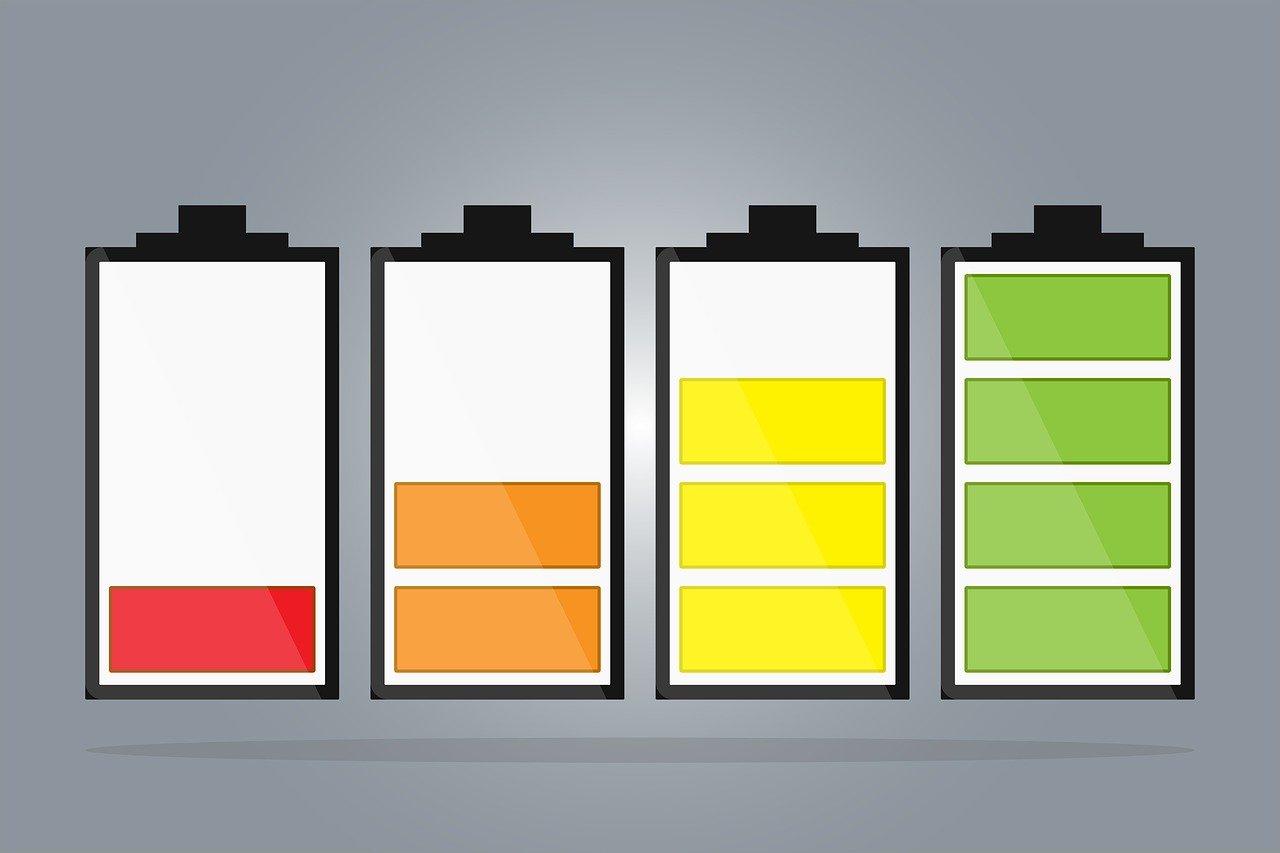Advancements in Battery Research
 There are many goals left to meet when it comes to battery research: extending battery life, designing a better batter, increasing recycling and reuse, developing solid-state batteries, and much more.
There are many goals left to meet when it comes to battery research: extending battery life, designing a better batter, increasing recycling and reuse, developing solid-state batteries, and much more.
All of these goals have the potential to deliver commercial impact moving forward. If we can push the limits to achieve even greater energy densities, the public would have access to electric-powered vehicles that can travel long distances on a single charge and new applications such as long-range drones, which could expand vaccine distribution.
The Faraday Institution, the United Kingdom’s “flagship battery research programme,” recently announced a £22.6 million (equivalent to roughly $31.6 million) commitment to continue its momentum in four battery research challenges: battery safety, extending battery life, battery modeling, recycling and reuse, and solid-state batteries.
Those specific areas would have a significant commercial impact in the UK and, eventually, around the world. The announcement builds on the Faraday Institution early successes in battery research. UK Minister of Investment Gerry Grimstone said, "The Faraday Institution's vital research into energy storage is pivotal for meeting our net-zero commitments, particularly as we shift to low-emissions transport on our roads and in our skies.”
Meanwhile, at MIT, a team of researchers may have stumbled upon a viable solution for longer-lasting batteries. The secret is a novel electrolyte. One of the limits of lithium-ion batteries is unwanted chemical reactions. Now, the researchers builds on previous developments that replaced conventional graphite with metal electrodes. That design, however, led to some unwanted chemical reactions that occur with the electrolyte that separates the electrodes. This new approach leans on an electrolyte that overcomes the chemical reaction issue. The potential is significant: lithium-ion batteries could store about 420 watt-hours per kilogram, up from the current 260. That would open up the possibility for longer-driving electric vehicles and longer-lasting charges for portable devices.
It’s essential to keep in mind that with new batteries comes new testing for commercial use. The batteries that currently power your phones, smartwatches, or car have gone through extensive testing, including discharge testing, partial discharge testing, electrochemical testing, and performance testing to ensure the safest battery. Environmental testing is a key component of battery research, and makes world-changing innovations possible.


